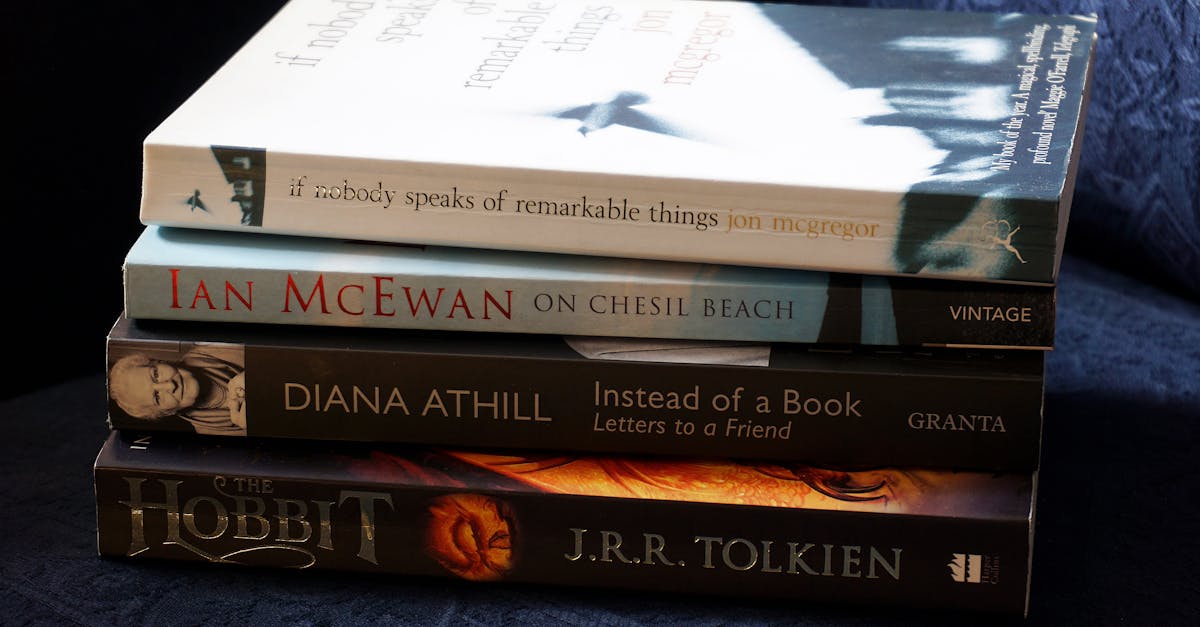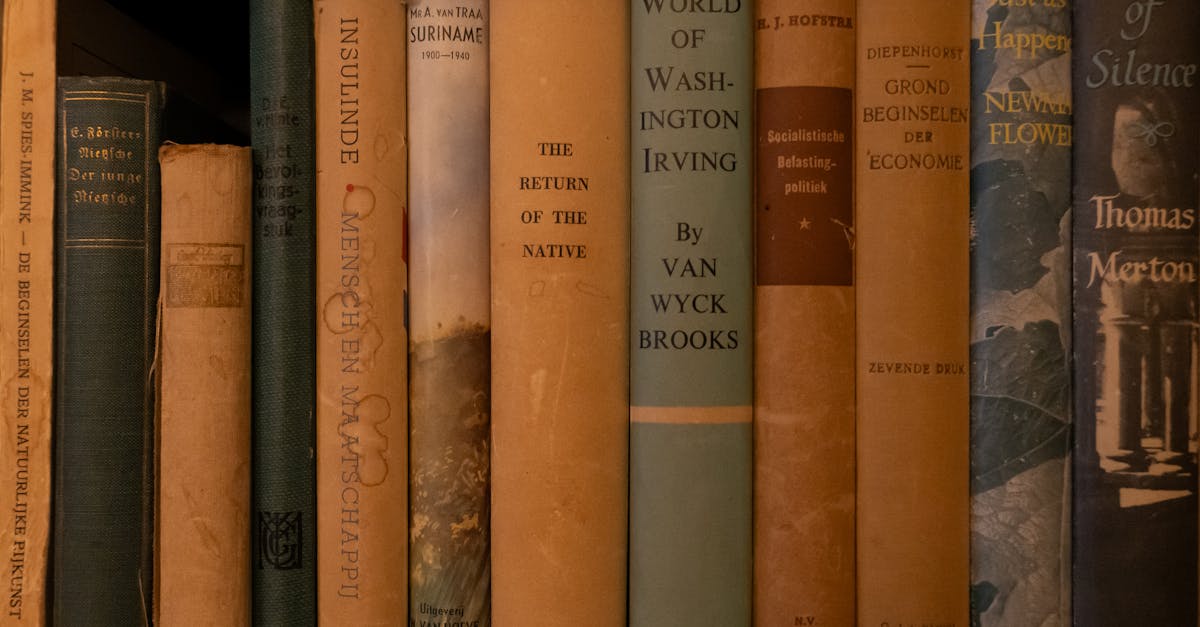Rediscovering Wonder in The Ocean at the End of the Lane
Introduction
In Neil Gaiman's 'The Ocean at the End of the Lane,' readers are invited to explore a world where childhood wonder and myth collide in the most unexpected ways. This captivating novel brings to life the story of a man recalling his mysterious and magical childhood after returning to his hometown. The protagonist takes us through an extraordinary journey of rediscovery as he stumbles upon memories long thought forgotten. Gaiman masterfully brings together fantasy and realism to create a narrative that resonates with both young and adult audiences. With its vivid imagery and profound themes, the novel speaks to the enduring power of memory and imagination. Join us as we dive deep into the shimmering waters of Gaiman's novel.
Advertisement
A Tale of Returning and Remembering
The narrative unfolds as a middle-aged man revisits his hometown for a funeral, leading him to a small farm where his childhood adventures truly began. This setting forms the backdrop of his memories, transporting him—and the readers—back to when he was seven years old. He recalls meeting Lettie Hempstock, a mysterious girl who claims that the pond behind her house is an ocean. This simple assertion acts as the catalyst for the coming extraordinary events. Through Gaiman's writing, the reader relives the protagonist's blurred line between reality and fantasy, one that leaves lingering questions about the truth of his experiences.

cottonbro studio/Pexels
Advertisement
Intriguing Characters and Mystical Experiences
Gaiman introduces us to the Hempstock family, a trio of women each possessing unique mystical powers that deeply influence the protagonist's life. Lettie, along with her mother and grandmother, live on the farm that becomes a magical sanctuary in the story. The interactions between these characters and a dangerous entity named Ursula Monkton intensify the novel's suspense. Ursula's emergence as an unsettling force magnifies both the mystery and turmoil of the protagonist's journey. Through these interactions, the novel explores themes of trust, fear, and the enduring influence of childhood relationships.
Advertisement
Exploration of Memory and Reality
Gaiman artfully examines the nature of memory, suggesting it is far more fluid and elusive than we often realize. The protagonist's remembrances blend seamlessly with surreal elements, challenging the reader's perception of what is real. The ocean is both a literal and symbolic body, representing the depth and uncharted territories of forgotten memories. Gaiman's narrative structure, with its nostalgic yet haunting tone, encourages readers to contemplate the way personal history is intertwined with imagination and perception.
Advertisement
The Universality of Childhood Fears
'The Ocean at the End of the Lane' adeptly captures the universal fears and vulnerabilities of childhood. The protagonist's journey is characterized by encounters with beings that embody existential worries and childhood phobias. These fears are personified and explored through supernatural occurrences, drawing parallels with challenges faced during growth and maturity. Gaiman portrays how children's vivid imaginations, while sometimes frightening, can serve as a means of understanding and ultimately overcoming these fears. Through this lens, the novel reminds readers that growth involves confronting the unknown.
Advertisement
Themes of Friendship and Sacrifice
Central to the story is the bond between the protagonist and Lettie Hempstock, a friendship tested by unimaginable trials. This relationship, although formed in childhood, provides enduring strength and protection. Lettie's bravery and selflessness ultimately culminate in life-altering sacrifices. Throughout the narrative, Gaiman emphasizes the profound impact of friendship and loyalty, particularly in facing adversity. Such relationships remain a cornerstone of human experience, bonding us through shared memories and unwavering support.
Advertisement
Gaiman's Use of Imagery and Language
Neil Gaiman's distinct narrative style shines through his evocative use of language and vivid imagery. The descriptions of the protagonist's recollections are rich with atmospheric detail, painting an absorbing picture of the setting. Metaphors and allusions draw the reader deeper into the narrative's world, evoking feelings of nostalgia and awe. Through this artful prose, Gaiman reintroduces the reader to childlike wonder and the fantastic possibilities it brings. His storytelling elevates the simple into the sublime, allowing the novel to resonate with readers on multiple levels.
Advertisement
Literary and Cultural Significance
Upon its release, 'The Ocean at the End of the Lane' captivated readers and critics alike, quickly becoming a bestseller. Its exploration of universal themes, combined with Gaiman's skillful fantasy storytelling, reinforces his status as a prominent voice in contemporary literature. The novel invites readers to draw connections between their own experiences and those of the protagonist, embracing both the fantastical and familiar. Furthermore, Gaiman's work has enriched cultural discussions on the power and fragility of childhood memories, leaving an enduring mark on modern literary discourse.
Advertisement
Impact and Continuing Influence
Even a decade after its release, Gaiman's novel continues to captivate new generations of readers. Its blend of poignant themes resonates with a wide audience, fostering dialogue about the balance between reality and imagination. The novel's compelling narrative and imaginative scope encourage readers to revisit their youth with renewed insight, embracing the wonder and fears of bygone days. As we explore the depths of 'The Ocean at the End of the Lane,' Gaiman's work challenges us to see our own ocean within, teeming with stories waiting to be rediscovered.
Advertisement
Conclusion
'The Ocean at the End of the Lane' offers a profound exploration of childhood wonder, memory, and the continuum of life experiences. In unfurling the story, Neil Gaiman intertwines personal reflection with fantastical elements, leading readers down a path of self-discovery. The novel's richly drawn characters and vibrant storytelling create lasting impressions, encouraging us to engage with our pasts in meaningful ways. As the lines between reality and imagination blur, one truth remains clear: childhood, with all its wonder and mystery, shapes who we become in unexpected and profound ways. For those who venture into its depths, this story offers both a compelling escape and an opportunity for introspection.
Advertisement








